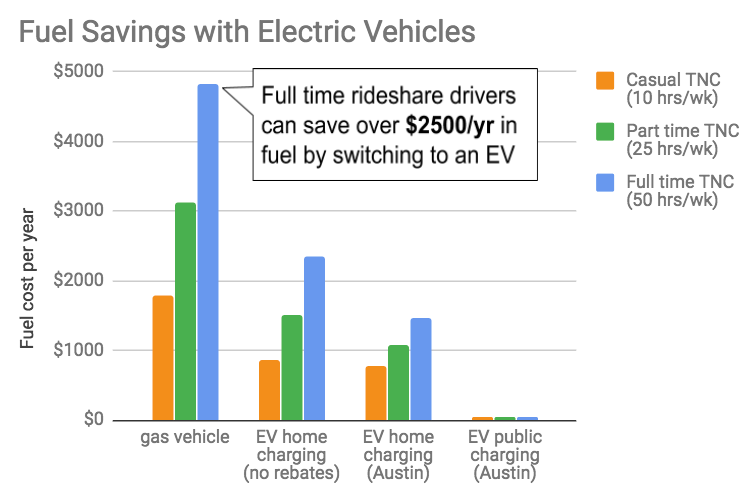

Projected marginal energy costs, based on system dispatch modeling, using marginal spot fuel rates Method (Proxy Peaker DRR Market Competitive Bidding) Please direct any comments or questions to NRRI staff.
Rocky mountain power cost per kwh update#
NRRI will continue to update this tracker in the coming months with the support of each commission. This version was released on August 10, 2020. The asterisk (*) indicates that state commissions have reviewed and approved all information. This includes the contract terms, thresholds to be deemed a QF (beyond what is required by FERC), the method used to determine the avoided cost rates for capacity and energy, (Proxy Peaker DRR Market Competitive Bidding), the avoided cost rate(s) for energy and capacity (where applicable), the amount of existing QF capacity, and recent developments or dockets related to PURPA. In response to the NOPR and subsequent Order, NRRI has developed the tool below to document the current application of PURPA for each state.
Rocky mountain power cost per kwh generator#
Some concerned parties expressed issues relating to small generator access to RTO markets, while others questioned FERC’s authority to make the proposed changes. Stakeholders submitted comments that represented a broad spectrum of reactions. the legally enforceable obligation (LEO) and 5. the obligation to purchase (rebuttable presumption) 4. This has resulted in questions regarding the need to revisit the application of PURPA.įERC responded to these concerns in late-2019, by issuing a PURPA Notice of Proposed Rule Making (NOPR), primarily examining the four subsets of the act: 1. Prices for new renewable sources have also fallen over the last decade and several developers have attempted to leverage QF status for new projects – particularly for solar developers. During the last four decades, there have been substantial changes in the electric industry, including a rapid shift away from mostly “vertically integrated” utilities, the development of wholesale energy and capacity markets for most of the country, the adoption of renewable portfolio standards or goals in many states, and FERC policies mandating transmission access to non-utility providers. The act gave QFs special rate and regulatory treatment for power production from non-utility sources, cogeneration facilities, small dams, and other resources that met the specified parameters. PURPA was designed to accomplish this by creating a new class of electric generating facilities called “qualifying facilities” (QFs). The only time that solar panels are not producing excess energy is during non-peak times such as night-time hours, and days with heavy cloud cover or during winter months when electric power rates are the least expensive and when usage is at its lowest.In 1978, Congress passed the Public Utility Regulatory Policies Act (PURPA) to encourage electric energy conservation, increase utility efficiency, increase fairness in retail rates for electric consumers, expand the use of hydroelectric production, and conserve the use of natural gas in electric power generation. Summer months see the heaviest drain on the power grid by non-solar power customers, however,solar panel owners produce energy instead of draining energy.Īccording to a recent study conducted by Rocky Mountain,solar panel owners are a drain on the current grid system and cause non-solar panel owners to pay more for its energy consumption when power rates are the most expensive. Solar panel customers receive a small credit in return for the excess energy. Rocky Mountain purchases the excess energy at a reduced price, and then resells it at a higher price to its customers.ĭuring peak production times,solar panels can produce excess amounts of energy which is then stored on a grid system that is owned by Rocky Mountain Power. Currently, solar power customers are charged a fee for storing excess energy on RMP’s power grid.


 0 kommentar(er)
0 kommentar(er)
